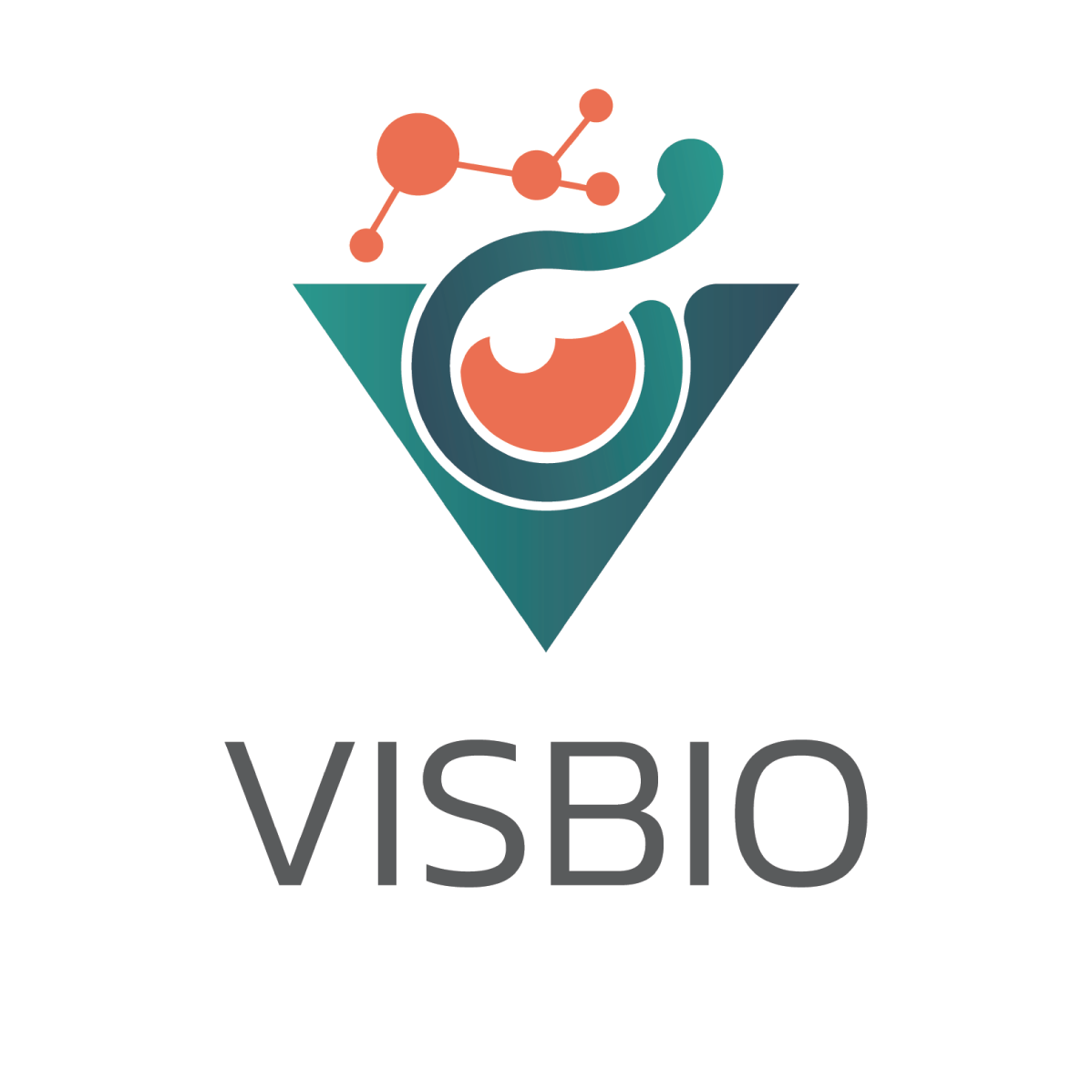
Assessment of Anti-Inflammatory Activity and Collagenase Inhibition Using an Ex-Vivo Human Skin Model and the ELISA Technique
In the highly competitive skin-care products, the development of efficacious products substantiated by rigorous scientific evidence is pivotal to success. This article provides an in-depth overview of methods for evaluating the performance of your actives and finished formulations by integrating an Ex-Vivo Human Skin Model with ELISA analysis—an approach that enhances product credibility and differentiation in the marketplace.
Ex-Vivo Human Skin Model: Accurately Simulating Human Cutaneous Conditions
The Ex-Vivo Human Skin Model is not merely a basic research tool; it is a strategic platform for manufacturers and R&D scientists seeking the most physiologically relevant testing conditions. By employing human skin obtained from surgical procedures, this laboratory system preserves the complex three-dimensional architecture and cellular diversity of native tissue, thereby enabling precise assessment of cutaneous responses to active ingredients. Investing in this model substantially elevates your product development standards.
Understanding Cutaneous Inflammation: A Central Target in Product Development
Cutaneous inflammation is a multifaceted biological process triggered by diverse external and internal stimuli—including pathogenic microbes, irritant chemicals, allergens, ultraviolet radiation, and environmental pollutants. Elucidating the roles of inflammatory mediators and the interplay between skin and immune cells is essential for designing effective anti-inflammatory products. Ex-Vivo testing permits accurate quantification of an active’s capacity to suppress mediator release and alleviate erythema or irritation, providing highly valuable data for crafting targeted skin solutions.
MMP-1 and Collagen Degradation: Challenges and Opportunities in Product Innovation
Matrix Metalloproteinase-1 (MMP-1, interstitial collagenase) plays a pivotal role in degrading the extracellular matrix, particularly collagen—the scaffold conferring tensile strength and elasticity to skin. Excessive MMP-1 activity correlates directly with wrinkle formation, laxity, and photo-induced damage. Understanding the stimuli that up-regulate MMP-1 and devising actives that inhibit it constitute key opportunities for creating standout anti-aging products. The Ex-Vivo model enables efficient screening of botanical extracts or synthetic compounds for their ability to suppress MMP-1 expression or activity.
Collagenase Inhibition: A Key Mechanism for Preserving Skin Youthfulness
Type I collagen is the principal structural protein imparting resilience to skin. Its degradation by collagenases—including MMP-1, MMP-8, and MMP-13—drives visible aging. Developing anti-collagenase agents is therefore a critical strategy for maintaining dermal architecture and diminishing wrinkles. Ex-Vivo testing facilitates direct evaluation of an active’s protective effect on collagen, supporting the development of scientifically backed anti-aging formulations.
Quantifying Anti-Inflammatory Effects, MMP Activity, and Collagenase Inhibition in Ex-Vivo Human Skin Using ELISA
Enzyme-Linked Immunosorbent Assay (ELISA) is a highly sensitive and specific immunological technique for quantitative measurement of target proteins, such as inflammatory mediators and MMP-1, in extracts from Ex-Vivo human skin. The sandwich ELISA format is widely adopted due to its accuracy in protein quantification. The resulting data afford clear evaluation of an active’s impact on inflammation reduction and MMP-1 inhibition, yielding robust evidence of product efficacy.
Ex-Vivo Human Skin Models in MMP Investigations
The Ex-Vivo model is ideally suited for studying matrix metalloproteinases, enzymes pivotal to extracellular matrix remodeling. Cutaneous tissue can be stimulated—e.g., with ultraviolet radiation or pro-inflammatory agents—to induce MMP expression and secretion. Subsequent measurement of MMP levels in culture supernatants or tissue lysates via MMP-specific ELISA kits (e.g., MMP-1 ELISA) enables precise assessment of active compounds. Monitoring the elevation of MMP-1 post-stimulation and the degree to which an active mitigates this rise provides critical insight into its capacity to prevent collagen degradation and wrinkle formation.
Assessing Anti-Collagenase Activity via Ex-Vivo Models and ELISA-Based Assays
Beyond measuring MMP levels, Ex-Vivo skin can be used to evaluate direct anti-collagenase activity. An ELISA-based assay may employ immobilized collagen substrates on microplates. Test actives are applied along with collagenase (either induced MMP-1 from the model or a standard enzyme). If the active inhibits collagenase, degradation of the substrate is reduced. Quantifying residual collagen or degradation products indicates the efficacy of the active in suppressing collagenase activity.
Testing Anti-inflammatory and Collagenase Inhibition with Ex-Vivo Skin Model and ELISA: Suitable Examples
Evaluating the efficacy of topical products (Tropical Products) such as cosmetics and medicines is crucial. Using the Ex-Vivo Human Skin Model, which is viable human skin, combined with the ELISA technique to measure specific proteins like inflammatory cytokines and collagenase enzymes, provides results closer to real skin conditions. This testing is particularly beneficial for products in tropical regions facing issues of inflammation and collagen degradation.
Suitable Examples for Testing:
1.Products:
- After-sun skincare products: To confirm effectiveness in reducing inflammation and restoring skin.
- Anti-aging/Firming products: To evaluate the ability to inhibit collagen breakdown.
- Products for sensitive/irritated skin: To check anti-inflammatory properties.
- Acne treatment products: To assess the reduction of associated inflammation.
2.Active Ingredients:
- Tropical Plant Extracts: E.g., Aloe Vera, Centella Asiatica, to confirm anti-inflammatory/collagenase inhibition effects.
- Peptides: To evaluate their function in stimulating collagen or inhibiting collagenase in real skin.
- Vitamins/Derivatives: E.g., Vitamin C, Niacinamide, to assess their effect on inflammation/collagenase.
- Specific Synthetic Compounds: To evaluate their ability to inhibit collagenase or act as anti-inflammatories.
3.Topical Medicine
Literature:
- Löffek, S., Schilling, O., & Franzke, C.-W. (2011). Biological role of matrix metalloproteinases: a critical balance. European Respiratory Journal, 38(1), 191-208.
- Lee, Y. I., Lee, S. G., Jung, I., Suk, J., Baeg, C., Han, S.-Y., Seo, J. Y., Jung, D., Jeon, Y., & Lee, J. H. (2023). Topical Application of Peptide Nucleic Acid Antisense Oligonucleotide for MMP-1 and Its Potential Anti-Aging Properties. Journal of Clinical Medicine, 12(7), 2472.
- Kandhwal, M., Behl, T., Singh, S., Sharma, N., Arora, S., Bhatia, S., Al-Harrasi, A., Sachdeva, M., & Bungau, S. (2022). Role of matrix metalloproteinase in wound healing. American Journal of Translational Research, 14(7), 4391-4405.
- Manicone, A. M., & McGuire, J. K. (2007). Matrix Metalloproteinases as Modulators of Inflammation. Seminars in Cell & Developmental Biology, 18(1), 34-41.
- Egrilmez, M. Y., Kocturk, S., Aktan, S., Oktay, G., Resmi, H., Keskin, H. S., Akdogan, G. G., & Ozkan, S. (2022). Melatonin Prevents UVB-Induced Skin Photoaging by Inhibiting Oxidative Damage and MMP Expression through JNK/AP-1 Signaling Pathway in Human Dermal Fibroblasts. Life 2022,12, 950

